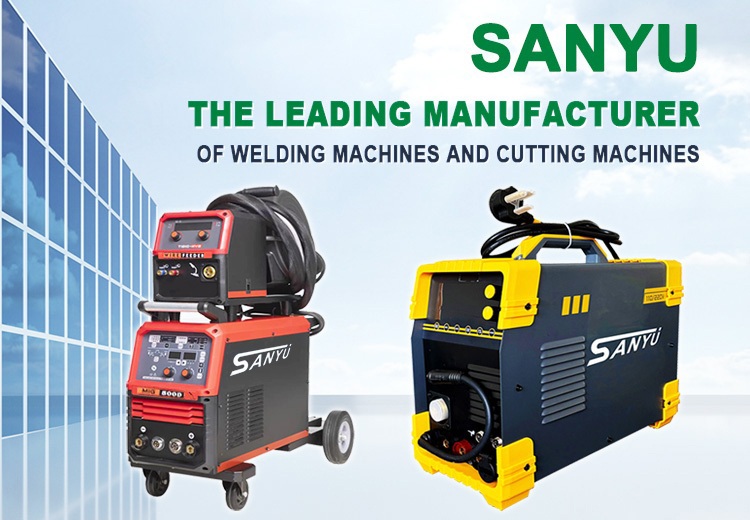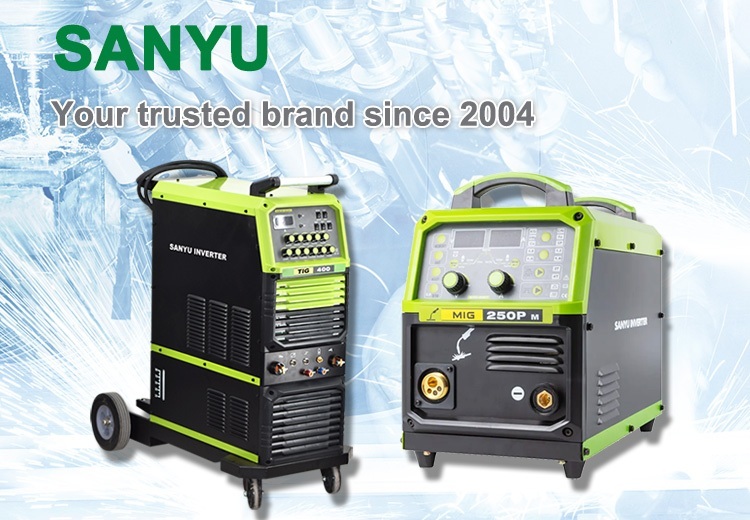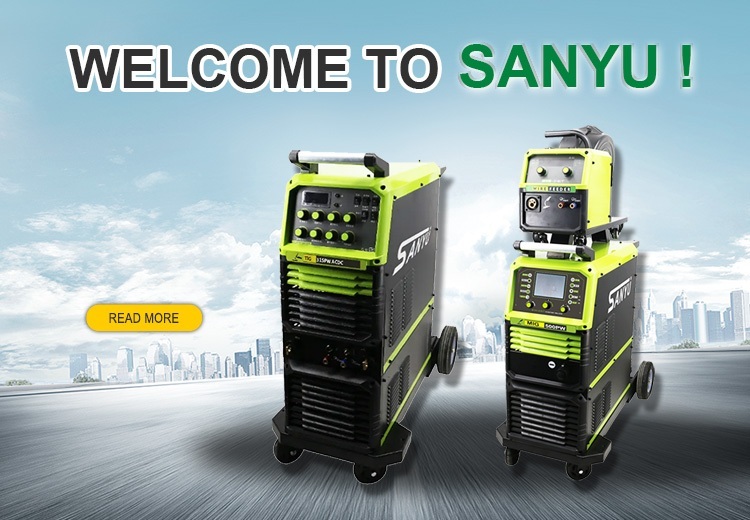The process of spot welding is to open the cooling water; the surface of the weldment is cleaned, and the assembly is accurately carried into the space between the upper and lower electrodes, and the pressure is applied to make the contact well; when the power is applied, the contact surfaces of the two workpieces are heated and partially melted. Nugget; maintain pressure after power off, so that the nugget cooling solidified under pressure to form solder joints; remove the pressure, remove the workpiece. Spot welding parameters such as welding current, electrode pressure, energization time and electrode working surface size have great influence on welding quality.
The spot welder uses the high-temperature arc generated by the positive and negative poles in an instant short circuit to melt the welded material between the electrodes to achieve the purpose of combining them. The structure of the spot welding machine is very simple. To put it plainly, it is a high-power transformer that converts 220V AC power to low voltage. The high-current power supply can be either DC or AC. Welding transformer has its own characteristics, that is, has a sharp drop in voltage characteristics.
After the ignition of the welding rod, the voltage drops, and the working voltage of the welding machine is adjusted. In addition to the 220/380 voltage transformation at a time, the secondary coil also has a tap changer voltage, and there is also an adjustable core with a core. Electric welding machine is generally a high-power transformer, made using the principle of inductance. Inductance produces a large voltage change when it is turned on and off, and uses the high voltage arc generated by the short-circuiting of the positive and negative poles to melt the solder on the electrode. To achieve the purpose of combining them.
Spot welding is a weldment fitting joint, and pressed between the two electrodes, the use of resistance heat to melt the base metal, the formation of solder joint resistance welding method. Spot welding is used for the connection of thin plates, such as aircraft skins, aero engine flames, and automobile cab housings. Spot welder welding transformers are spot welding appliances, and its secondary has only one loop. The upper and lower electrodes and the electrode arm serve both to conduct the welding current and also to transmit power. Cooling water through the transformer, electrodes and other parts, so as to avoid heat welding, should first pass the cooling water, and then turn on the power switch. The quality of the electrode directly affects the welding process, welding quality and productivity. The electrode material is commonly made of copper, cadmium bronze, chromium bronze, etc. The shape of the electrode is various and is mainly determined according to the shape of the weldment. When installing the electrode, it should be noted that the upper and lower electrode surfaces are kept parallel; the electrode surface should be kept clean, and it is often used to grind with an emery cloth or trowel. The welding cycles for spot welding and projection welding consist of four basic stages (spot welding process):
(1) Pre-compression stage - The electrode is lowered to the current-on stage to ensure that the electrode presses the workpiece so that there is proper pressure between the workpieces.
(2) Welding time - The welding current passes through the workpiece and heat is generated to form a nugget.
(3) Maintaining time - The welding current is cut off and the electrode pressure is maintained until the nugget solidifies to a sufficient strength.
(4) Rest time - The electrode starts to lift until the electrode begins to fall again, and the next welding cycle begins.
In order to improve the performance of welded joints, it is sometimes necessary to add one or more of the following to the basic cycle:
(1) Increase the pre-pressure to eliminate the gap between thick workpieces and make them fit tightly.
(2) Improve the plasticity of the metal by the preheating pulse so that the workpiece can be easily adhered and prevented from splashing; this can make multiple bumps evenly contact with the flat plate before welding to ensure consistent heating at each point.
+86 13564535011
企业邮箱 : alansunrise@sina.com
公司地址 : No.723, Shangcheng Road No.800 Shanghai, China




